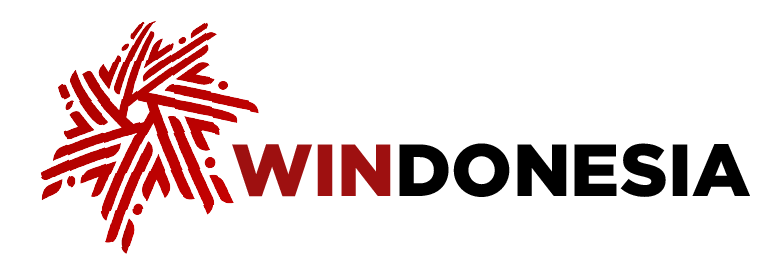Latest News
An underwater archway structure was installed at the opening of the 2025 Pemuteran Bay Festival on Dec. 4, 2025. The installation of the underwater archway became a major attraction for visitors to the event.
The activity is part of a coral reef conservation program, a hallmark of Pemuteran Village, Gerokgak District, Buleleng Regency, Bali Province. This new underwater archway structure is expected to be a fresh attraction for diving tourists worldwide.
Buleleng Regent I Nyoman Sutjidra viewed the installation of the underwater archway as a concrete step to enrich tourist attractions while preserving the ecosystem.
"This gate will become a new icon for divers from around the world. Besides being captivating, it's also part of an effort to add quality conservation spots," he said when opening Pemuteran Bay Festival 2025.
Sutjidra emphasized that Pemuteran Village's success as a sustainable tourism destination is inseparable from the long-term work of the Karang Lestari Foundation and the local community in preserving the underwater ecosystem.
"Pemuteran is an example of responsible tourism. It all begins with consistent conservation efforts," he emphasized.
The innovative underwater archway at Pemuteran Bay Festival 2025 is expected to further strengthen Pemuteran Village's position as a world-class diving tourism center based on the principle sustainability.
Sutjidra also highlighted Pemuteran Village's unique location with both mountainous and marine environments. This makes the village an ideal location for developing nature-based attractions, including diving tourism, which has now been enhanced by the underwater archway.
In Buleleng Regency's tourism development strategy, Pemuteran Village is a priority destination in its western region. The Buleleng Regency Government is implementing a step-by-step approach to ensure the quality of the destination is truly maintained.
"In the western region, coral reef conservation remains a priority. We must maintain the existing international recognition with appropriate development," said Sutjidra.

